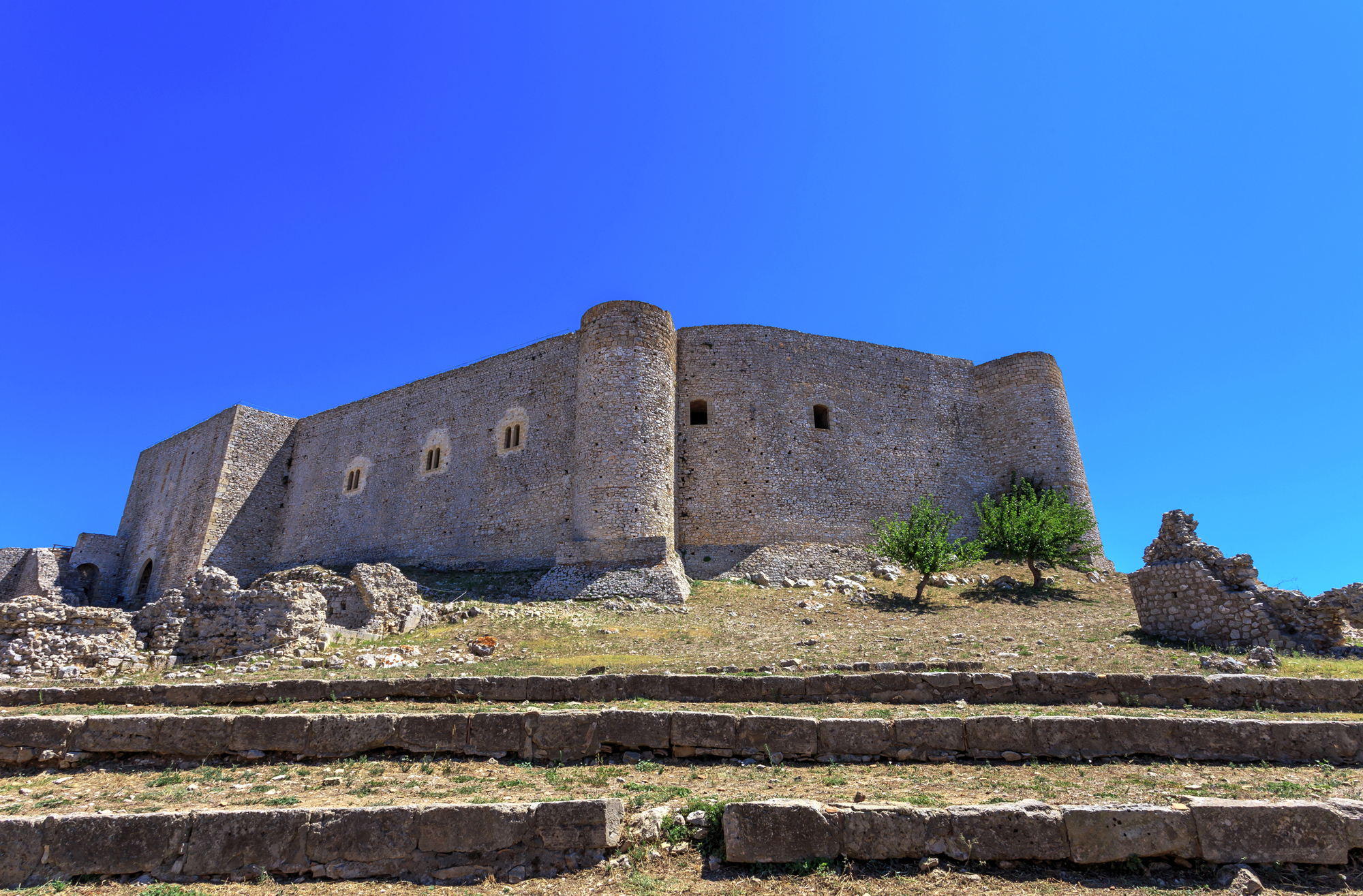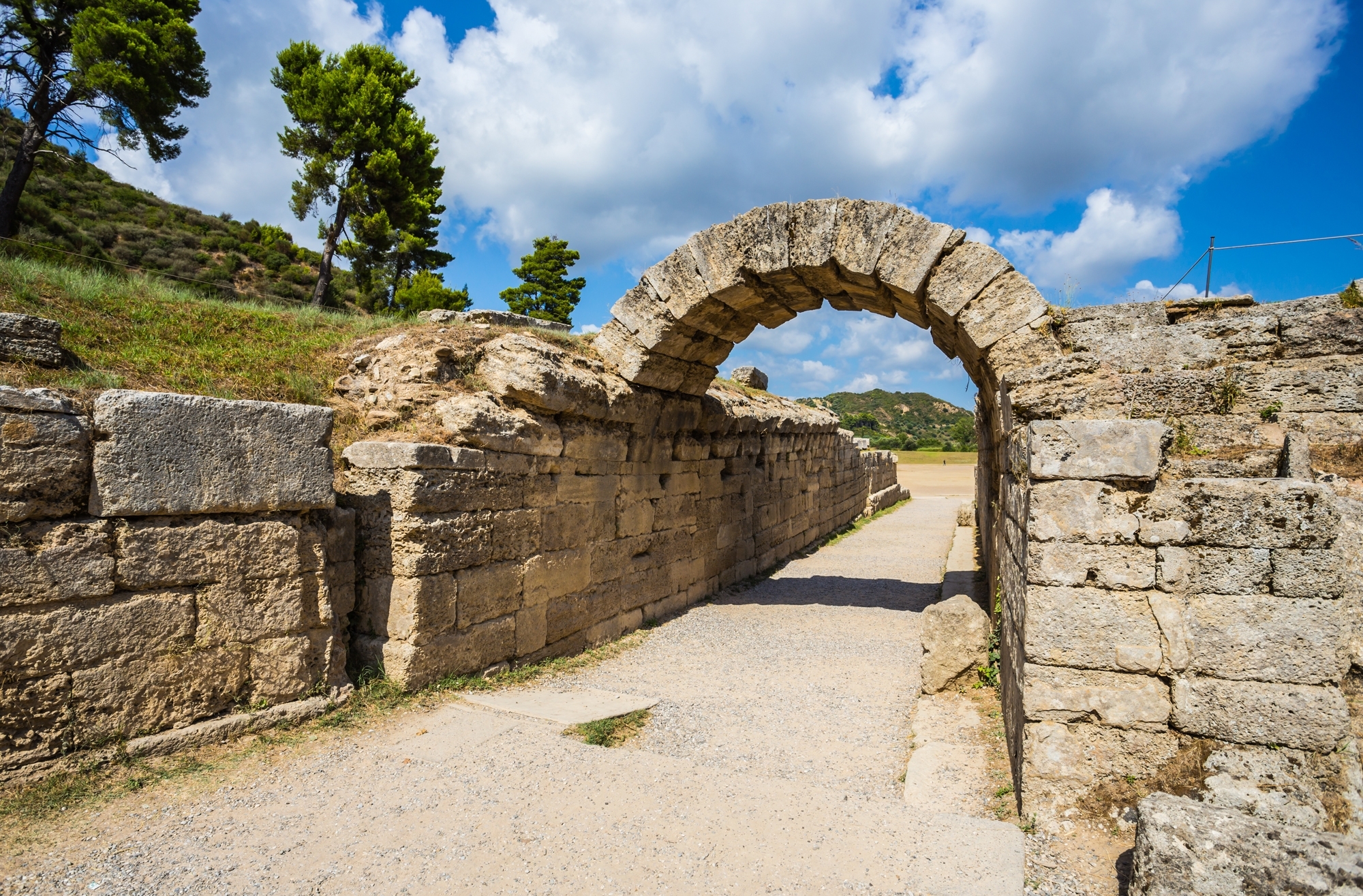Access
Point of Interest
The regional capital, with wonderful 19th century neo-classical buildings and a long history in the grapes and raisins trade. A characteristic feature of the town is its municipal market, created by the famous architect, Ernest Schiller. The town centre is buzzing with life all year long, whereas the Pyrgos area offers all necessary contemporary infrastructure needed for everyday life in the area.
More than a tourist attraction. One of the Seven Wonders of the Ancient World once stood here: the gold and ivory statue of Olympian God, Zeus. In this sacred area, you will bear witness to the workshop of 5th cent. BC sculptor, painter and architect Phidias, the Olympic stadium, the temple of Zeus and the Heraeum, the wild olive tree planted by Hercules. Ancient Olympia is the cradle of history.
Recently restored, with the famous statue of Hermes by Praxiteles and other works of ancient Greek art.
A new museum with over 300 exhibits concerning the history of the most important athletics events in ancient times.
A beautiful port, full of life in the summer months and a buzzing center for nightlife.
A 10th century garrison-type of monastery, believed to have been named after an icon depicting the Madonna –said to have been found underwater, onboard a special type of boat, called “skafidi” in Greek.
This medieval castle built in the early 1220’s, is perhaps the best-kept fortification of the early period of Frankish rule in Greece. Offering panoramic views of the Ionian Sea and marvelously atmospheric concerts during the summer months.
North of Ancient Olympia, the eight beautiful waterfalls of the stream of Charatsari, amid tropical vegetation, provide an ideal spot for hiking, swimming and enjoying nature.Nemouta waterfalls or otherwise Charatsari waterfalls were a hidden treasure up until recently, but now they are one of Olympia’s natural jewels.




